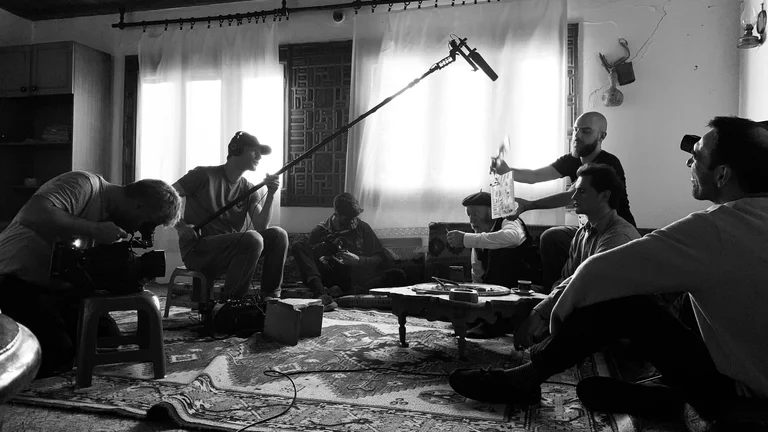Setting the Stage: The Production Design

The appearance of a TV show is vital. Production designers and their teams create sets that reflect the world of the story. They delve into details, studying era-specific styles, colors, and textures. These choices impact the viewer’s experience, immersing them in the narrative. Aside from physicality, lighting is crucial. It sets mood and tone, guiding audience emotion. The cooperation between design teams and directors fosters an innovative environment, pushing creative boundaries.
Pivotal Roles Behind the Camera
Writers shape the narrative, but many others contribute. Directors translate scripts into visual stories, guiding actors and technical teams. They screen tests, choosing the best fits for roles. Actors perform, but they work under immense direction. And they collaborate with producers who oversee the entire project, making budget-related decisions and managing schedules. Each person, from the sound engineer to the editor, plays an essential role. This collaborative machine works tirelessly to deliver episodes viewers can't wait to see.
Costumes and Characters: The Art of Wardrobe
Costume designers study characters closely. They develop wardrobes that not only fit the time period but also convey personality traits. Every stitch and fabric tells a story. Designers work with actors to ensure comfort and suitability for their roles. They may create custom pieces or source vintage finds to achieve authenticity. For shows set in specific eras, research becomes fundamental. Proper attire enhances believability, enabling audiences to connect with the characters on a deeper level.
From Script to Screen: The Filming Process
Filming is a meticulously organized operation. It begins with rehearsals, where directors and actors prepare for scenes. Cameras capture performances, but many technical elements play into this. Multiple takes are often necessary, with angles and shots planned in advance. Editing begins immediately, shaping the final product with pacing and transitions. Sound and special effects are layered in later stages. The editing room becomes a playground, where creators can rework scenes for the best viewer experience.
The Importance of Editing and Post-Production
Editoring gives life to filmed footage. It involves selecting the best takes, ensuring storytelling flows seamlessly. Editors synchronize audio and video, crafting a narrative from countless pieces. The addition of sound effects and music heightens emotion, making scenes more impactful. Color correction enhances visuals, creating a coherent look across episodes. The final product emerges from revisions, with a team deducing how audiences will engage. Each choice carries weight, culminating in the polished show everyone watches.
| Aspect | Description |
|---|---|
| Production Design | Creation of sets and environments that reflect the show’s narrative and aesthetics. |
| Directing | Translating scripts into visual stories while managing actors and crew. |
| Costume Design | Developing wardrobes that define character personalities and historical accuracy. |
| Filming Process | Recording scenes through rehearsals, multiple takes, and planned camera angles. |
| Post-Production | Editing footage for story continuity, adding visual effects and audio elements. |
FAQ - Frequently Asked Questions
What happens during pre-production?
Pre-production involves script finalization, casting, and designing sets and costumes. Teams coordinate schedules and budgets, laying the groundwork for filming.
How do directors choose actors?
Directors look for actors who embody the character traits described in scripts through auditions and screen tests, ensuring a good fit for the role.
What is the role of a production designer?
Production designers create the visual atmosphere of a show, designing sets, selecting colors, and coordinating props to enhance storytelling.
How is a show edited after filming?
Editing involves selecting the best footage, arranging scenes, and adding sound effects and music to create a cohesive narrative prior to release.
Why are costumes important in a TV show?
Costumes help define characters and their personalities, period, and story arc, enhancing the audience's immersion in the narrative.
The behind-the-scenes of your favorite TV show involves a complex interplay of design, direction, and coordination among various teams, including production, direction, wardrobe, and editing, all contributing to a cohesive viewing experience.
Conclusion on Behind the Scenes of Your Favorite TV Show.